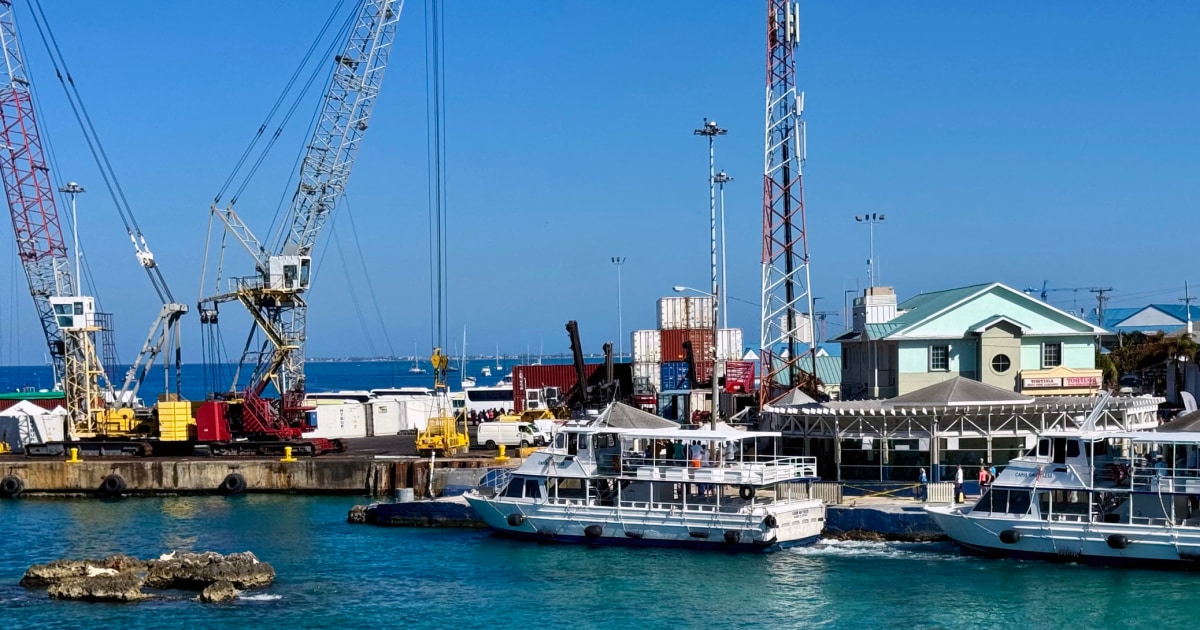A magnitude 7.6 earthquake struck in the western Caribbean on Saturday night, prompting a tsunami advisory for the Cayman Islands as Puerto Rico and the U.S. Virgin Islands were cleared of the threat.
The temblor struck at 6:23 p.m. ET at a depth of about 6 miles below ground, about 130 miles south-southwest of George Town, Cayman Islands, according to the U.S. Geological Survey.
“The Cayman Islands is under a Tsunami threat. Residents living near the coastline are encouraged to move inland,” the government of the Cayman Islands hazard management agency said.
The agency asked residents along the coast to move to higher ground as it warned of possible tsunami activity within an hour of the advisory.
The Cayman Islands hazard management agency described tsunamis as deceptively powerful, sometimes measuring only 1.5 feet but moving water in a wave that can be 50-60 miles wide. Such a wave’s crushing flow of water is its most damaging element, the agency said, with a telltale sign of a tsunami in progress being a rapidly receding sea ahead of the sea’s rush.
The U.S. Tsunami Warning System said Cuba was under a similar threat — a tsunami measuring between around 3 feet and 10 feet high.
A since-canceled National Weather Service tsunami advisory urged residents of Puerto Rico and the Virgin Islands to take action because a tsunami with dangerous waves or currents were expected or were happening, according to the agency.
Gov. Jenniffer González Colón of Puerto Rico advised residents to “get out of the water immediately, especially on the west and south coasts of the island” — as a precaution — according to a statement.
“Although no major impact event is anticipated, as a safety precaution no one should be in the water until further notice,” she said.
The USGS initially measured the earthquake at a massive 8.0, but later reassessed its energy and determined it measured 7.6.
Because the temblor was located below an island surrounded by the Caribbean, according to USGS mapping, the agency said “little or no population” was exposed to the shaking.
The USGS placed the quake at a strike slip fault near the boundary between the North America and Caribbean tectonic plates.
“Large earthquakes at this location of the plate boundary are not unexpected,” the agency said in an analysis published on its website Saturday night.
It said 10 magnitude 6 or greater temblors have happened in the area in the last century. One of the most notable earthquakes in the region took place on Jan. 10, 2018, when a magnitude 7.5 temblor “caused some damage and a small tsunami,” the USGS said.
“Luckily, the remote location of these earthquakes limits the potential for significant damage due to shaking,” it said.









